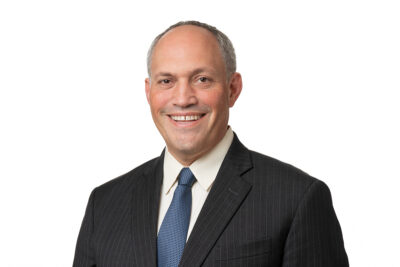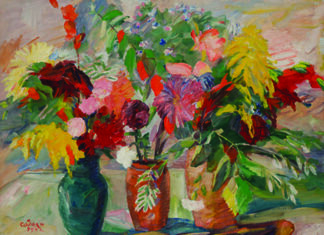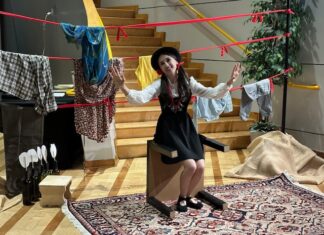By Aram Arkun
Mirror-Spectator Staff
WATERTOWN — Armenians have lived throughout the world and participated in many different cultures both in the past and present. A powerful example of this was proffered by the Friends of Armenian Culture Society (FACS) in an entertaining and informative evening on Sunday, February 19 at the Dorothy and Charles Mosesian Theatre for the Arts in Watertown. After a brief historical talk by Dr. Boris Adjemian, director of the Armenian General Benevolent Union (AGBU)’s Nubar Library in Paris, the Grammy-nominated Either/Orchestra, together with a number of g:est vocalists, performed a concert honoring Ethiopian-Armenian music legend Nerses Nalbandian. The concert was fully sold-out.
Born in Aintab in 1915, Nalbandian moved to Ethiopia from Aleppo in 1938, invited by his uncle Kevork who preceded him. Aside from serving as choirmaster of St. Kevork Armenian Church in Addis Ababa, Nerses formed a choir at the Nazareth School, taught at various other schools, and was music director of the Haile Selassie National Theater. Nerses composed Africa, the first anthem of the organization of African States (now the African Union).
Nerses Nalbandian’s son Harout and his wife, daughters, cousins, niece and nephew were present at the concert, having traveled from Toronto, Montreal and Ohio to Boston for the occasion. Nerses’s other son, Vartkes, and wife Mary live in Ethiopia and could not be present.
During the program, Harout Nalbandian explained that a series of happy coincidences led to the materialization of this concert. FACS member Dr. Armineh Mirzabegian was in Washington DC for the Armenian Genocide centennial and had taken a taxi. As she made small talk with the driver, she found out he was Ethiopian, and he in turn learned that she was Armenian. He spoke about the Armenian musical influence in Ethiopia. Mirzabegian later investigated further. She learned about the Nalbandian family, and that a big band, the Either/Orchestra, performs Nalbandian’s work in Boston. In other words, a fortuitously made connection led to this unique concert.
As the evening began, Mirzabegian introduced Adjemian, editor-in-chief of the bilingual academic journal Etudes armeniennes contemporaines, who had published a book in 2013 titled La fanfare du negus: les Armeniens en Ethiopie (19e-20e siècles) [The Royal Brass Band: Armenians in Ethiopia (19-20th Centuries)]. Adjemian spoke not about Nalbandian but about how the latter’s success story as a musician was part of the greater success story of Armenians in Ethiopia.










